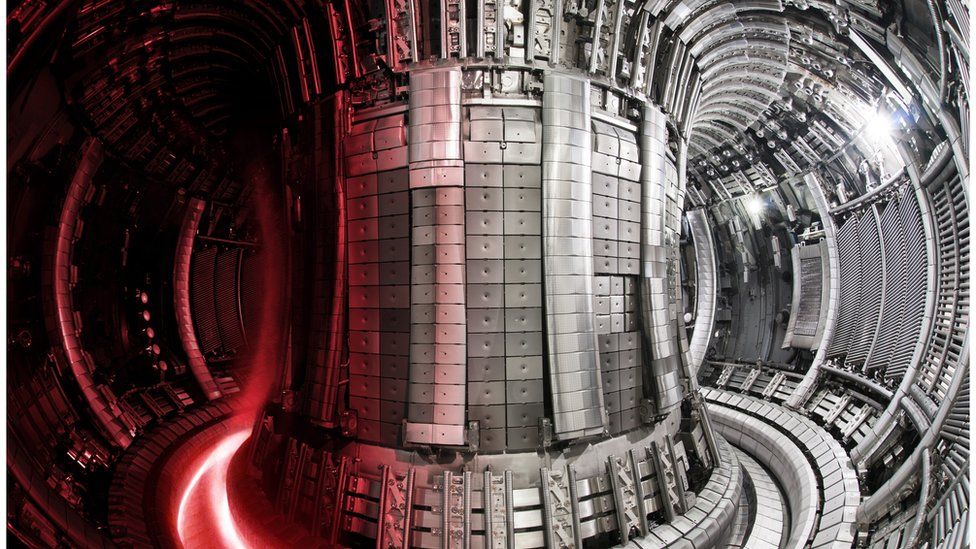
According to reports, European scientists have made a breakthrough in the pursuit of practical nuclear fusion energy, the process that powers the Sun and supports all life on Earth. According to the BBC, the JET laboratory in the United Kingdom has broken its record for establishing practical nuclear fusion.
As per the research, the laboratory was able to generate 59 megajoules (11 megawatts) of energy in just five seconds. This may not appear to be much, but it is more than double the energy produced in a 1997 test. Also, the breakthrough brings us one step closer to producing energy from nuclear fusion in a realistic manner.
It’s not a huge amount of energy – simply enough to boil 60 kettles of water. However, it is significant because it verifies design decisions made for a larger fusion reactor currently under construction in France.
There will be no need for fossil fuel-based energy sources or even nuclear power if mankind masters nuclear fusion. It would also be an excellent low-carbon, low-radiation energy source.
“The JET experiments put us a step closer to fusion power,” stated Dr. Joe Milnes, the reactor lab’s chief of operations. “We’ve demonstrated that we can create a mini star inside of our machine and hold it there for five seconds and get high performance, which really takes us into a new realm.” The BBC cited Dr. Milnes.
More about Nuclear Fusion Energy

Nuclear fusion is the process of hydrogen atoms fusing to produce helium and energy. Nuclear fission, on the other hand, involves splitting atoms to release energy. Atomic bomb explosions and nuclear power plants both use the nuclear fission reaction. The Sun is likewise experiencing a nuclear fusion process.
There are no materials that can tolerate direct contact with such high temperatures. To accomplish fusion in a laboratory, scientists created a method in which a super-heated gas, or plasma, is held inside a doughnut-shaped magnetic field.
For nearly 40 years, the Joint European Torus (JET) at Culham, Oxfordshire, has been at the forefront of this fusion method. It has also been built up to imitate the predicted ITER setup for the previous ten years.
Is the latest breakthrough implying that nuclear fusion energy can be useful to power our factories and vehicles right away? No. Because researchers estimate that large-scale, stable generation of such energy can accomplish in a few decades.






